
Starting June 1st, 2023 Our warehouse fee will be $0.65/cubic foot per month
In effort to lower the warehouse storage fee during inflation, we have went narrow aisle racking.This construction took us four months but the project is finally completed. With narrow aisle racking, we are able to drop storage by 24%.We as partners will go through this inflation together.
02/17/2025
Understanding tare weight, net weight and gross weight is crucial in logistics, freight transportation, and international trade. These weight classifications directly impact shipping costs, cargo handling, customs clearance, and regulatory compliance. So, what’s the difference between gross vs net weight and tare weight? This guide breaks it down with clear examples to help you avoid mistakes and optimize your operations, ensuring you get it right every time.
In the shipping and logistics industry, accurately measuring cargo weight is critical for cost calculation, safety regulations, and customs compliance. Using incorrect weight classifications can lead to overloading penalties, inaccurate freight charges, or logistical inefficiencies. Below, we explore the three fundamental weight types: tare weight, net weight, and gross weight.
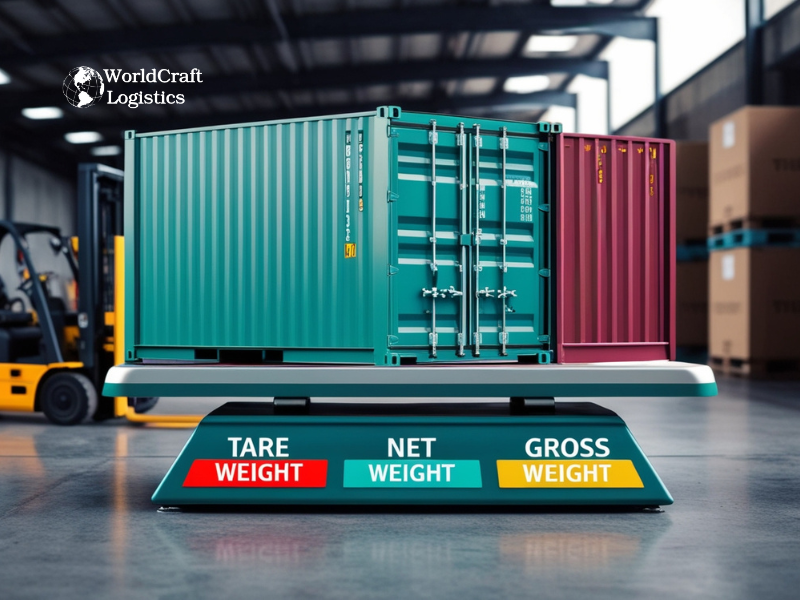
Tare weight refers to the weight of an empty container, truck, or packaging material before loading any goods. It is a crucial metric used to determine the net weight of transported items.
📌 Key Features of Tare Weight:
Includes only the weight of the container or packaging.
Helps calculate accurate product weight by removing external materials.
Used to determine customs duties, shipping rates, and weight regulations.
✅ Example: A standard 40-foot shipping container weighs 3,750 kg when empty. This tare weight is subtracted from the total loaded weight to determine the net weight of the goods inside.
🚛 Why Tare Weight Matters in Logistics:
Freight companies use tare weight to avoid exceeding weight limits on trucks and cargo ships.
It ensures fair pricing in trade transactions, as buyers pay for the actual product, not the packaging.
Tare weight is essential in industries like manufacturing and bulk transport, where materials are weighed separately from their containers.
Net weight is the weight of the actual product being shipped, excluding any packaging, pallets, or containers. It is the most relevant measurement for billing, pricing, and inventory tracking.
📌 Key Features of Net Weight:
Represents only the product itself, without external packaging.
Used for pricing goods, taxation, and compliance with trade regulations.
Essential in the food, pharmaceutical, and retail industries, where accurate weight labeling is required.
✅ Example: A shipment of coffee beans weighs 1,200 kg inside a 100 kg crate. The net weight of the coffee beans is 1,100 kg.
🛒 Why Net Weight Matters in Shipping:
Ensures customers and businesses pay for the product alone, not additional packaging weight.
Important for inventory management, as warehouses track products based on net weight.
Helps customs authorities assess import duties, as many tariffs are based on the net weight of goods.
Gross weight is the total weight of the shipment, including the product, packaging, and container. This measurement is essential for freight cost calculation, transportation safety, and cargo handling.
📌 Key Features of Gross Weight:
Represents the combined weight of the cargo, packaging, and container.
Used to calculate shipping rates and fuel consumption.
Determines if a shipment complies with road, rail, air, and sea transport regulations.
✅ Example: If a pallet of bottled water weighs 800 kg, and the pallet itself weighs 50 kg, the gross weight is 850 kg.
⚖️ Why Gross Weight Matters in Logistics:
Freight carriers rely on gross weight to determine cargo fees and fuel costs.
Overloaded trucks or containers exceeding their gross weight limit can result in *fines and transport delays.
International shipping documents, such as the Bill of Lading (BOL), require an accurate gross weight declaration.
Understanding the difference between tare weight, net weight, and gross weight is crucial for logistics efficiency, cost management, and compliance with global trade regulations. By mastering these concepts, businesses can reduce errors, optimize shipping costs, and ensure smooth operations.
Here’s a concise comparison table highlighting the key differences between tare weight, gross weight, and net weight:
Aspect | Gross Weight | Tare Weight | Net Weight |
Definition | Total weight, including product, packaging, and container | Weight of the empty container or packaging | Weight of the product alone (excluding packaging) |
Formula | Net Weight + Tare Weight | Gross Weight - Net Weight | Gross Weight - Tare Weight |
Purpose | Used for shipping cost calculations and legal compliance | Helps determine net weight by deducting packaging | Used for pricing and inventory management |
Impact on Costs | Affects total freight and transport charges | Helps avoid unnecessary weight-based fees | Ensures customers pay only for the product itself |
Regulatory Importance | Must comply with legal transport weight limits | Helps track and report accurate shipment weight | Essential for product labeling and trade regulations |
This table provides a clear, side-by-side comparison to help businesses and logistics professionals differentiate between gross weight vs net weight and tare weight efficiently.
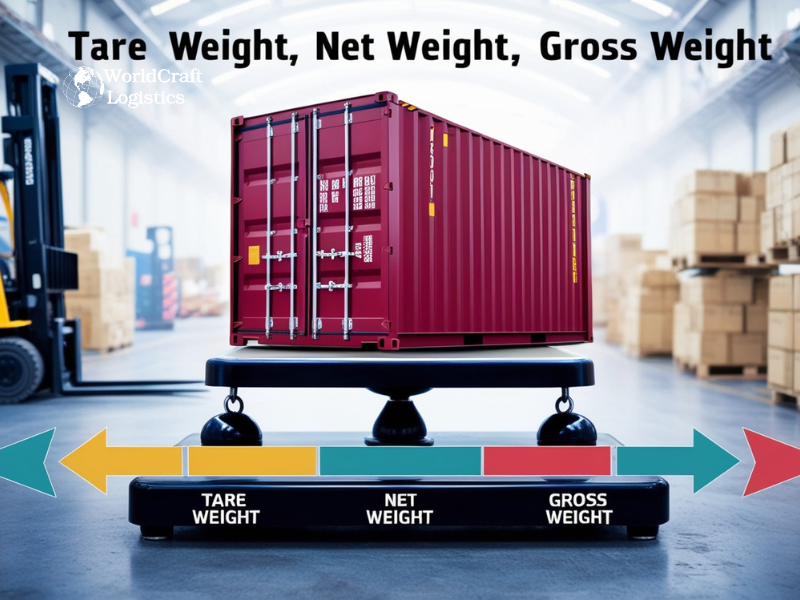
Read more:
In the United States, truckload regulations are designed to ensure road safety and protect infrastructure. A key aspect of these regulations is the Gross Vehicle Weight (GVW), which refers to the total weight of a vehicle and its cargo. The Federal Highway Administration (FHWA) enforces weight limits on interstate highways, setting the maximum GVW at 80,000 pounds. Additionally, there are axle-specific limits: a single axle may carry up to 20,000 pounds, while a tandem axle is limited to 34,000 pounds.
To prevent infrastructure damage and maintain safety, these weight limits are strictly enforced. Enforcement methods include weigh stations, mobile weighing units, and onboard weighing systems. Non-compliance can result in fines, permit suspensions, and, in severe cases, impounding of the vehicle.
It's important to note that while federal regulations provide a baseline, individual states may have additional or varying weight restrictions. Therefore, it's crucial for carriers and drivers to be aware of both federal and state regulations to ensure compliance and maintain safety on the roads.
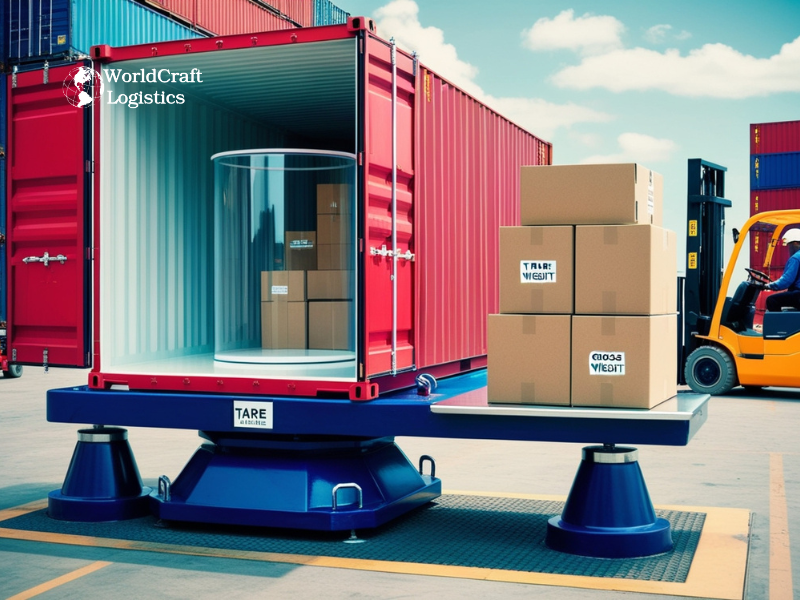
Weight plays a crucial role in shipping and e-commerce, affecting costs, packaging, and logistics efficiency. Understanding gross weight, net weight, and tare weight helps businesses optimize shipping strategies and avoid unnecessary expenses.
Gross weight includes everything—the product, packaging, and any additional materials. Shipping carriers calculate costs based on gross weight, so knowing this number helps businesses avoid unexpected fees and ensure compliance with weight limits.
Net weight is just the weight of the product itself, excluding packaging. In e-commerce, this is important for accurate product descriptions and inventory tracking. However, carriers charge based on gross weight, not net weight.
Tare weight is the weight of the empty packaging or container. To find the net weight, subtract the tare weight from the gross weight. This calculation helps with inventory control and product pricing.
Carriers may use dimensional weight (DIM weight) pricing, which considers a package’s volume rather than just its actual weight. DIM weight is calculated using:
DIM Weight = (Length × Width × Height) ÷ Carrier’s DIM Factor
If the DIM weight is higher than the actual weight, the carrier will charge based on the larger number. This is crucial for lightweight but bulky shipments.
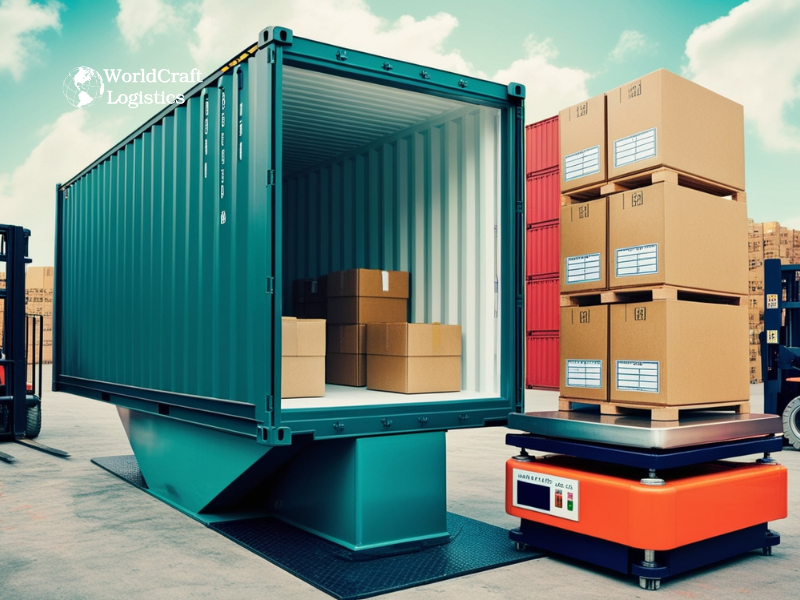
>>> Read more: How to Calculate Dimensional Weight for Shipping
Overestimating weight → Higher shipping costs than necessary.
Underestimating weight → Extra fees if the carrier adjusts the shipping charge.
Optimizing weight and packaging → Cost savings and efficient logistics.
By using precise scales and regularly checking packaging methods, businesses can reduce costs, prevent errors, and improve shipping efficiency.
Accurate weight calculations are essential in freight transport to ensure safety, compliance, and cost-effectiveness. Understanding how to determine tare weight, net weight, and gross weight, as well as recognizing common mistakes and implementing best practices, is crucial for efficient operations.
Tare weight refers to the weight of an empty vehicle or container without any cargo. To determine the tare weight:
Method: Weigh the empty container or vehicle using a calibrated scale.
Application: This measurement is essential for calculating the net weight of the cargo.
Formula:
Tare Weight (TW) = Gross Weight (GW) − Net Weight (NW)
Example:
Tare Weight: 20,000 − 17,000 = 3,000 kg
Net weight is the weight of the cargo alone, excluding any packaging, containers, or vehicles. To calculate net weight:
Method 1: Weigh the cargo separately before loading.
Method 2: Subtract the tare weight from the gross weight:
Application: Net weight is crucial for inventory management and determining the actual quantity of goods being transported.
Formula:
Net Weight (NW) = Gross Weight (GW) − Tare Weight (TW)
Example:
Net Weight: 25,000 − 10,000 = 15,000 kg
Gross weight encompasses the total weight of the loaded vehicle or container, including the cargo, packaging, and the vehicle or container itself. To determine gross weight:
Method: Weigh the loaded vehicle or container using a calibrated scale.
Application: Gross weight is vital for ensuring compliance with transportation regulations and avoiding overloading penalties.
Formula:
Gross Weight (GW) = Net Weight (NW) + Tare Weight (TW)
Example:
Gross Weight: 12,000 + 2,500 = 14,500 kg
Overloading Trailers – Exceeding legal weight limits can lead to fines, delays, and vehicle damage. Always verify compliance.
Ignoring Packaging Weight – Failing to include packaging leads to inaccurate weight estimates and unexpected fees. Ensure all materials are accounted for.
Confusing Dimensional and Actual Weight – DIM weight (volume-based) may be higher than actual weight, affecting shipping costs. Always check both.
Using Inaccurate Equipment – Uncalibrated scales can lead to incorrect weight data. Regularly maintain and calibrate weighing tools.
Documentation Errors – Mislabeling weight information can cause shipment delays and fines. Double-check all shipping documents before submission.
By avoiding these common errors, businesses can ensure compliance, optimize shipping costs, and improve overall efficiency.
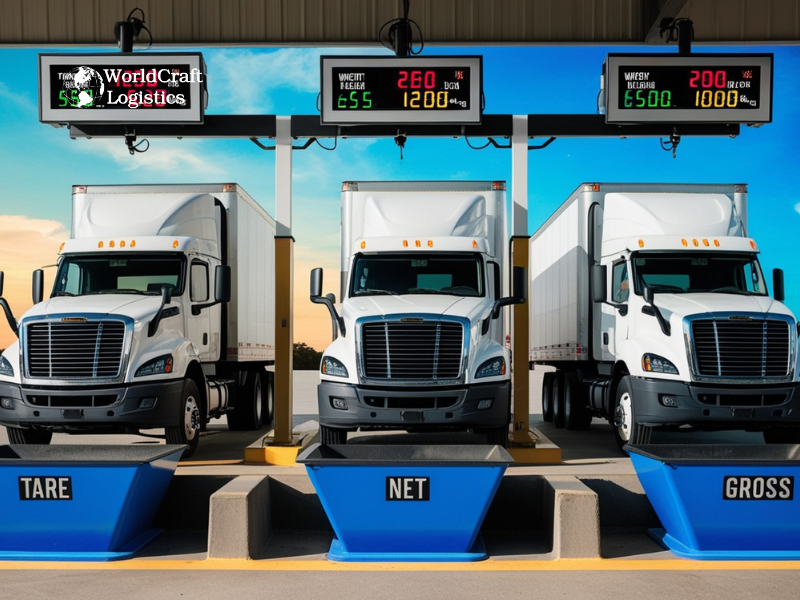
Reducing shipping costs is a critical concern for businesses engaged in e-commerce and freight transport. Effective weight optimization strategies can lead to significant savings. Below are tailored approaches for both e-commerce and containerized shipping.
In e-commerce, shipping expenses are often influenced by both the weight and dimensions of packages. Implementing the following strategies can help minimize costs:
Optimize Packaging Materials: Utilize lightweight and appropriately sized packaging to reduce both weight and dimensional measurements, directly impacting shipping fees.
Negotiate Carrier Rates: Engage with multiple carriers to compare rates and negotiate discounts based on shipping volumes. Leveraging relationships with third-party logistics providers can also yield cost benefits.
Implement Free Shipping Thresholds: Encourage larger orders by offering free shipping on purchases exceeding a certain amount, thereby increasing average order value and offsetting shipping costs.
Consider Flat-Rate Shipping: For products with consistent sizes and weights, flat-rate shipping can provide predictable costs and potential savings.
Utilize Technology for Rate Shopping: Employ shipping software to compare real-time rates across carriers, ensuring the most cost-effective options are selected for each shipment.
For businesses involved in large-scale shipping, optimizing container loads is essential to reduce costs. Consider the following practices:
Maximize Container Utilization: Fully loading containers can decrease the number of shipments required, leading to cost savings. Efficient packing strategies can enhance space utilization.
Collaborate on Shared Container Loads: Partner with other businesses to share container space, especially when individual shipments do not require a full container. This approach distributes costs among multiple parties.
Leverage Digital Tools for Load Planning: Utilize software solutions to plan and optimize container loads effectively, ensuring optimal space usage and compliance with weight regulations.
Stay Informed on Regulatory Changes: Keep abreast of international trade regulations, such as modifications to de minimis rules, which can impact shipping strategies and costs.
By implementing these weight optimization strategies, businesses can effectively reduce shipping expenses, enhance operational efficiency, and maintain a competitive edge in the market.
Accurately measuring tare weight, net weight, and gross weight is essential for cost-effective and compliant shipping. Worldcraft Logistics ensures precision in weight tracking, helping businesses avoid overloading penalties and optimize shipping costs.
One key advantage is regulatory compliance—our team ensures your shipments meet weight regulations, preventing fines and delays. Additionally, our optimized freight planning helps businesses maximize container space and reduce unnecessary weight-based charges.
With Worldcraft Logistics, you can trust in precise weight management for a smoother and more cost-efficient shipping process. 👉CONTACT ME
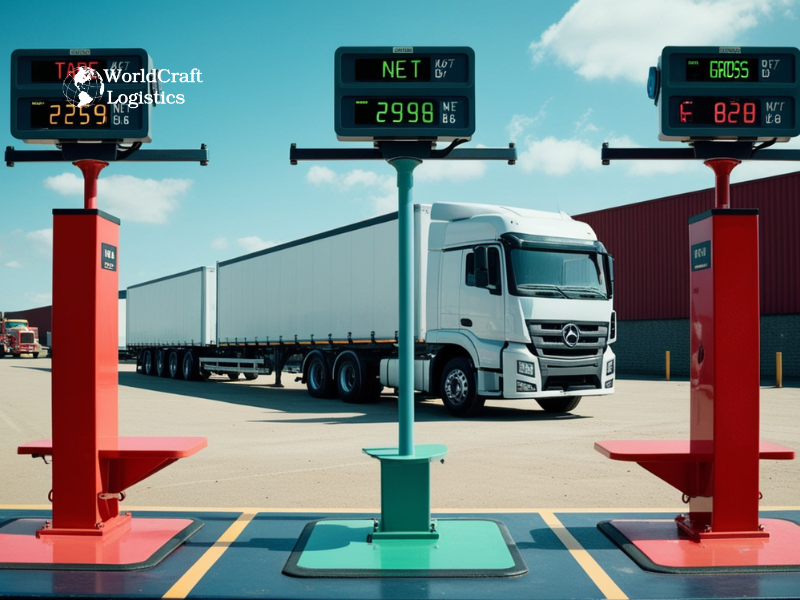
If the gross weight exceeds legal limits, shipments may face fines, delays, or rejection by carriers. In severe cases, overloaded trucks can be forced to offload excess weight to comply with safety regulations. Ensuring accurate weight measurement helps avoid these costly issues.
Yes, tare weight can vary even for identical packaging types due to differences in material thickness, moisture absorption, or manufacturing inconsistencies. This is why businesses should periodically verify tare weight to maintain shipping accuracy.
Not always. Net weight refers to the actual weight of the product excluding any packaging, but in some cases (such as liquids or bulk goods), it might include specific components necessary for the product’s integrity.
Shipping labels list all three weights to ensure accurate freight classification, regulatory compliance, and correct pricing. Carriers use these details to determine shipping costs, customs duties, and vehicle load capacity.
The choice depends on the purpose:
No, net weight excludes packaging—it represents only the actual product weight. However, in specific industries (e.g., food and beverages), small internal packaging components might be included in the net weight.
In international trade, net weight is used for duty and tariff calculations, while gross weight is essential for logistics, shipping costs, and container loading limits. Proper weight documentation ensures smooth customs clearance and avoids penalties for misdeclared shipments.
Understanding these weight terms is crucial for accurate freight pricing, compliance, and operational efficiency in logistics and global trade.
Understanding the differences between tare weight, net weight, and gross weight is essential for efficient and cost-effective shipping. Accurately tracking these weight measurements helps businesses comply with regulations, optimize freight costs, and prevent overloading penalties. Whether in e-commerce, freight transport, or international trade, knowing when to use net weight vs. gross weight ensures smooth operations and accurate shipping documentation.
At Worldcraft Logistics, we specialize in precise weight management, helping businesses streamline their supply chain and reduce unnecessary costs. By leveraging expert logistics solutions, you can ensure accurate weight tracking, regulatory compliance, and optimized shipping efficiency for every shipment.
SEO
Digital Marketing/SEO Specialist
Simon Mang is an SEO and Digital Marketing expert at Wordcraft Logistics. With many years of experience in the field of digital marketing, he has shaped and built strategies to effectively promote Wordcraft Logistics' online presence. With a deep understanding of the logistics industry, I have shared more than 500 specialized articles on many different topics.
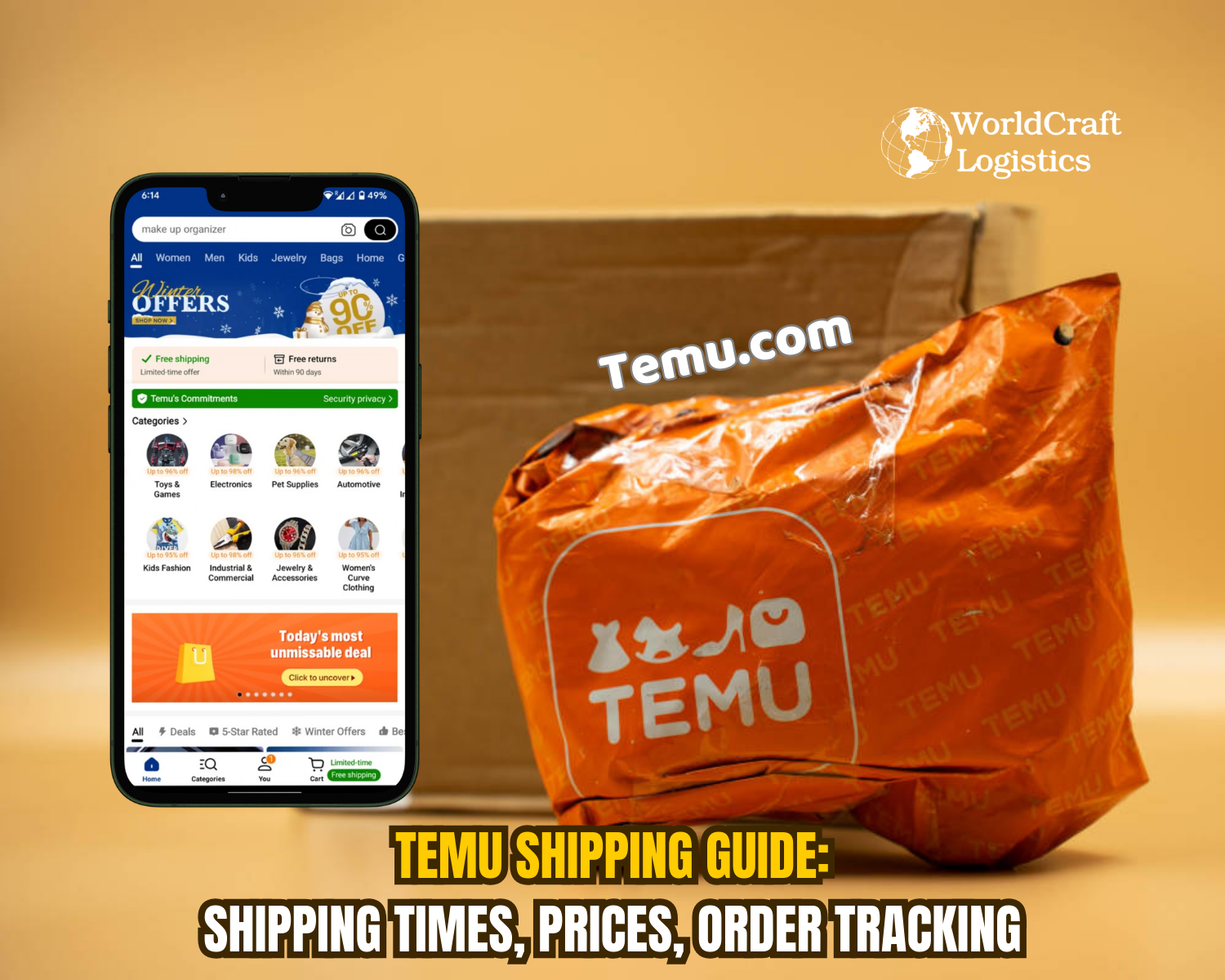
Education
01/05/2025

Education
02/18/2025
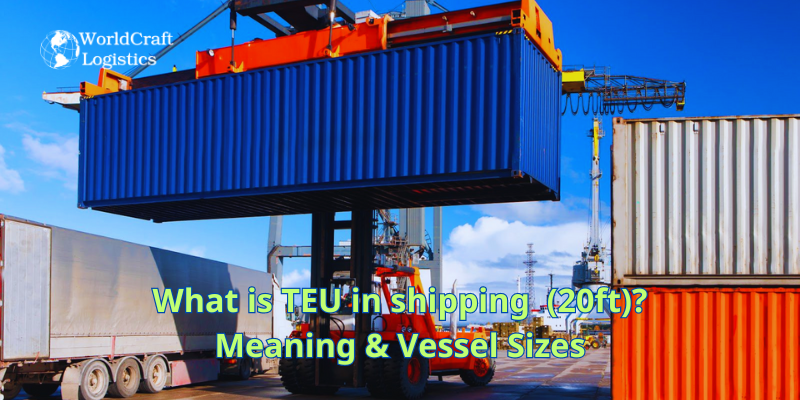
Education
01/01/2024
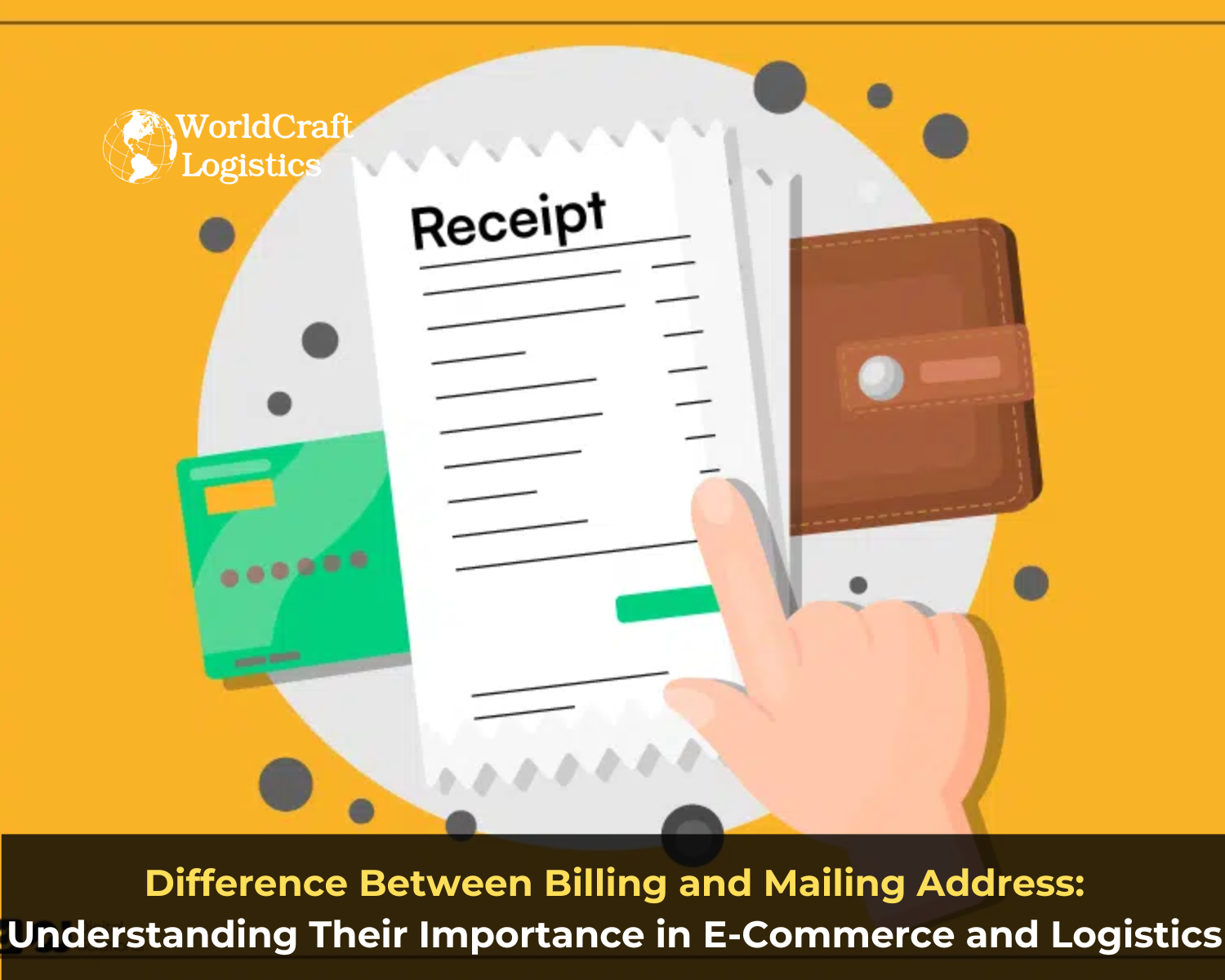
Education
08/28/2024

Education
11/13/2023